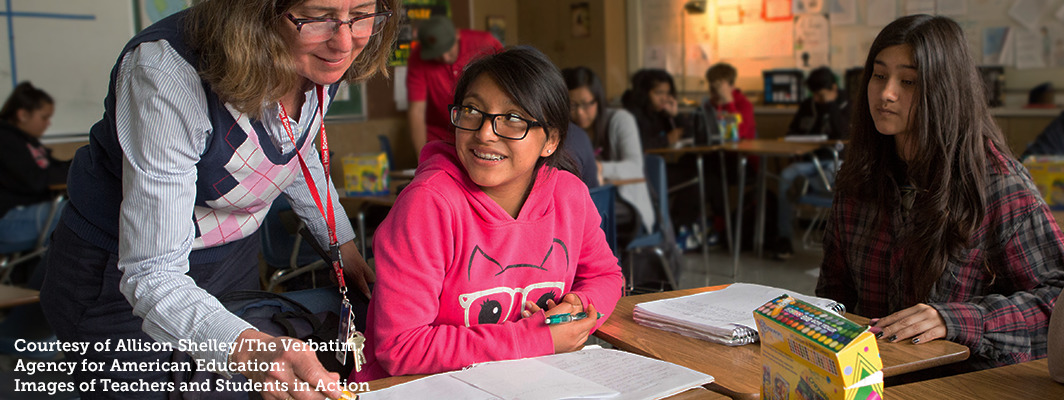
For years, we’ve thought that the answer to boosting adolescent reading comprehension lay in building students’ vocabulary. Teens often struggle with the jargon and advanced terminology they encounter as they move into middle and high school, so educators have designed curricula and interventions that explicitly teach these complex words.
But these strategies aren’t always fully effective, according to literacy researcher Paola Uccelli. As she writes, many of these interventions have yielded “significant growth in vocabulary knowledge yet only modest gains in reading comprehension.” Too many teens still struggle to understand assigned texts.
Uccelli’s research explores a new approach. By focusing on how words connect in academic texts — and by recognizing that this connecting language is a possible source of difficulty for adolescent readers — teachers may be better able to equip middle and high school students with the tools to comprehend the texts they’re reading for higher-order learning.
Her work identifies a set of language features that are common in academic text but rare in informal spoken language. She’s found that many of the most common language features of middle school texts are unknown to large proportions of students, even by eighth grade. This is relevant for pedagogy, she says, because many of these language challenges are invisible to educators, curriculum designers, and researchers.
Too often, says Uccelli, students learn about language in isolation, memorizing vocabulary in one lesson and studying grammar and sentence structure in another. Of course, students need to understand technical terms — “isotope” in a chemistry textbook, “colonize” in a history article — but this knowledge is insufficient if students don’t understand how pieces of language relate to each other to create meaning.
In another article, Uccelli showcases the difficulties that academic texts can pose for students:
The scientific agreement today is that the Earth’s surface temperatures have increased in recent decades. Moreover, most scientists agree that it is extremely likely that humans are causing this problem through activities that increase concentrations of greenhouse gases.
To understand the text, students have to know the definitions of “greenhouse gases” and “concentrations.” But those clarifications won’t elucidate the whole passage: Students also need to understand that “this problem” refers to increasing surface temperatures, and that “moreover” signifies that the second sentence builds on the first.
Knowing how to unlock these connecting concepts is particularly important when reading academic texts, which use language far differently than we use it as speakers. When we talk through complicated subjects, we can use simple sentence structures, aided by tools such as hand movements, intonation, and enactment. But when there are only words on a page to explain these ideas precisely and concisely, the language structures often get complex, and students can grow confused when faced with these dense constructions. Paradoxically, the academic language features meant to support precise communication can obstruct comprehension if readers are unfamiliar with them.
How can teachers help students understand the nuances in language — the ways sentences build on each other, convey complex arguments, and relay contrasting information? Uccelli offers strategies to highlight these connections:
This article originally appeared on Usable Knowledge from the Harvard Graduate School of Education. Read the original version here.